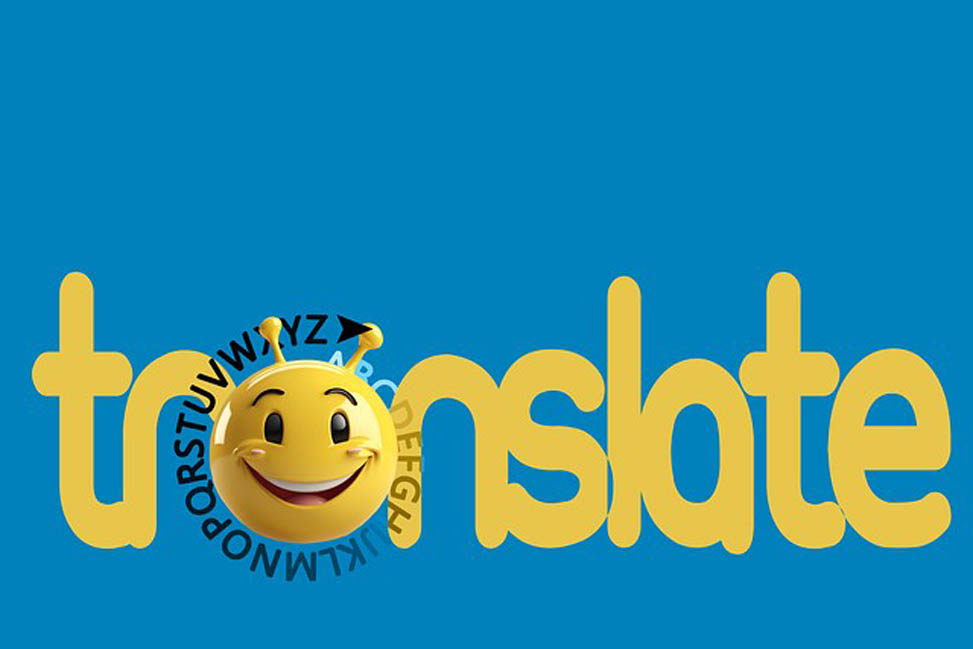When it comes to choosing the right pricing model for translation services, it can often feel like a tricky decision. Translation projects vary widely in terms of complexity, content type, and expected turnaround times, and each of these factors may influence how the translation should be priced. The three most common models are per word, per page, and per hour. Each has its advantages depending on the type of project at hand. In this post, we will break down each pricing model and offer suggestions on which one to choose for your specific needs.
Per Word Pricing: The Most Common Choice
Per word pricing is by far the most common and widely accepted method in the translation industry. As the name suggests, clients are charged based on the number of words in the source text. This pricing model works particularly well for standard text-heavy documents with a known word count, such as legal contracts, marketing materials, and technical manuals.
One of the key advantages of per word pricing is its clarity. Both the client and translator can easily calculate the total cost based on the word count, making it easier to estimate project costs upfront. This model ensures fair compensation for the translator based on the exact amount of work required. Furthermore, it tends to be more predictable for both parties, reducing the risk of surprise fees.
However, while per word pricing is effective for straightforward documents, it may not always be ideal for projects with varying content, such as those that require heavy formatting, technical research, or specialized knowledge. This is where alternative models like per page or per hour pricing may be more suitable.
Per Page Pricing: A Solution for Printed or Scanned Documents
Per page pricing is typically used when translating printed or scanned documents. Under this model, clients are charged a flat rate based on the number of pages in the source document, regardless of the word count. This method works well for documents where word count is hard to measure, such as certificates, scanned pages, or printed brochures that may contain both text and images.
One significant advantage of per page pricing is its simplicity. It’s straightforward to calculate costs when you have printed material, and it’s especially useful when working with non-standard formats where counting words is challenging. Additionally, it offers predictability, especially when the length of the document is fixed, allowing clients to better manage their budgets.
However, per page pricing can also be a disadvantage if the document includes a mix of dense text and visual elements. For example, a page with minimal text and heavy graphics may require less effort from the translator but will still be priced the same as a page with detailed, complex language. This can lead to inefficiencies or clients feeling that they paid for more than what was necessary.

Per Hour Pricing: Flexible for Complex or Long-Term Projects
For translation tasks that are particularly complex, ongoing, or require a high degree of customization, per hour pricing is often the best approach. This method is commonly used for interpretation services, audio transcription, or highly specialized technical translations that demand significant research or expert knowledge.
The primary advantage of hourly pricing is its flexibility. If a project evolves or requires significant time investment beyond what was initially estimated, hourly rates ensure that the translator is compensated for all of their efforts. It also accounts for projects that are hard to quantify upfront, such as those with frequent revisions, consultations, or research. This flexibility can be critical for live translation or dynamic projects, where the time commitment is unpredictable.
On the downside, hourly pricing is not as predictable as per word or per page pricing. For clients, it can be difficult to estimate the total cost of a project without knowing how much time will be spent. Additionally, this model may result in higher costs for projects that require more hours than initially expected.
A Quick Comparison of the Three Pricing Models
To help you decide which pricing model might work best for your next translation project, here’s a quick summary:
| Pricing Model | Best For | Advantages | Considerations |
|---|---|---|---|
| Per Word | Text-heavy documents (e.g., contracts, manuals) | Transparency, fair cost based on word count | May not be suitable for content with complex formatting or non-text elements |
| Per Page | Printed or scanned documents (e.g., brochures, certificates) | Simplicity, predictability, ideal for printed material | Less precise if content on each page varies significantly |
| Per Hour | Complex, specialized tasks (e.g., interpretation, ongoing projects) | Flexibility, ideal for tasks requiring research or real-time translation | Less predictable, can result in higher overall costs |
How to Choose the Right Pricing Model
Choosing the right pricing model for your translation project ultimately depends on the nature of the work and the desired outcome. Here are a few general tips to help guide your decision:
- If the text is straightforward and has a clear word count: Choose per word pricing. This is usually the most cost-effective and transparent model, especially for documents like legal contracts, technical manuals, or marketing brochures.
- If you are dealing with printed or scanned documents: Opt for per page pricing. This model works well when the document’s format makes it difficult to measure word count accurately, such as when there are a lot of images, tables, or irregular layouts.
- If the project is complex, ongoing, or requires interpretation or transcription: Consider per hour pricing. This is ideal for projects where the work is difficult to predict, such as live translation or highly technical work that involves substantial research.
By understanding the strengths and limitations of each pricing model, you can ensure that your translation provider is fairly compensated, and that you are charged appropriately for the level of effort involved in the project.
In conclusion, selecting the appropriate pricing model is a key step in managing your translation project. Whether you go with per word, per page, or per hour, make sure the pricing structure aligns with the complexity, format, and scope of your content. Clear communication with your translator will help ensure the right approach is taken, allowing both parties to work efficiently and achieve the best results.


